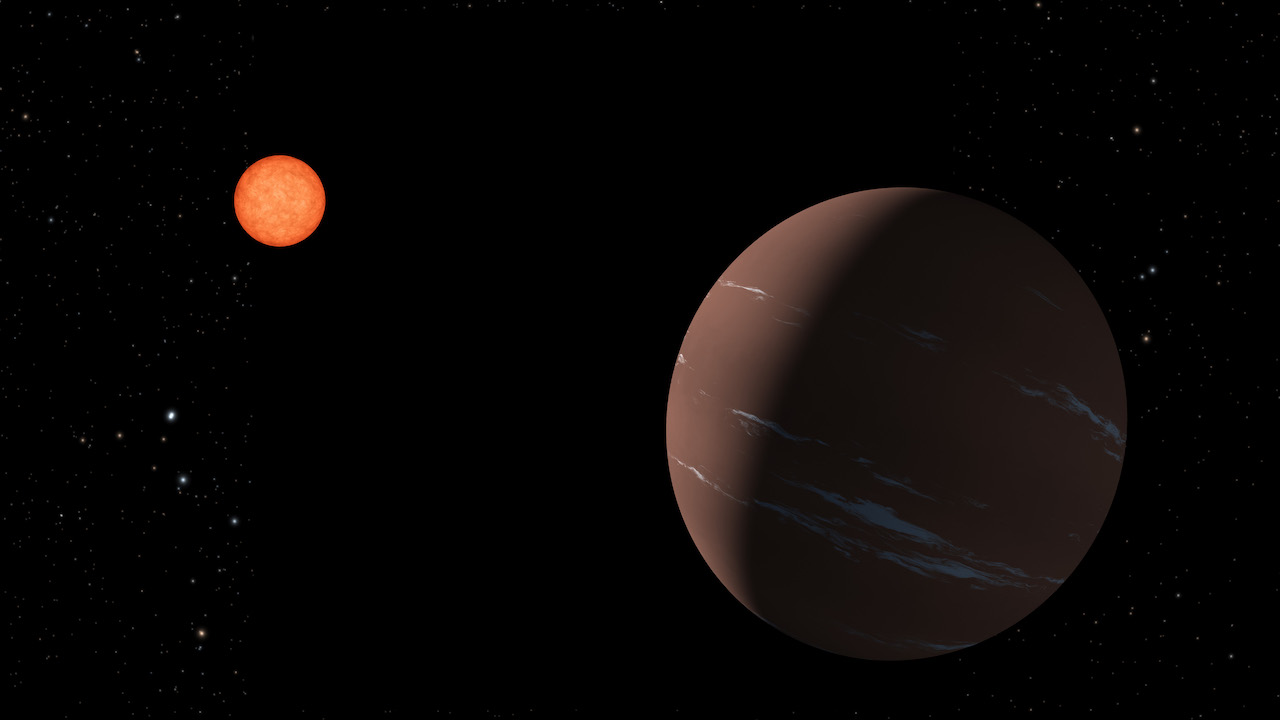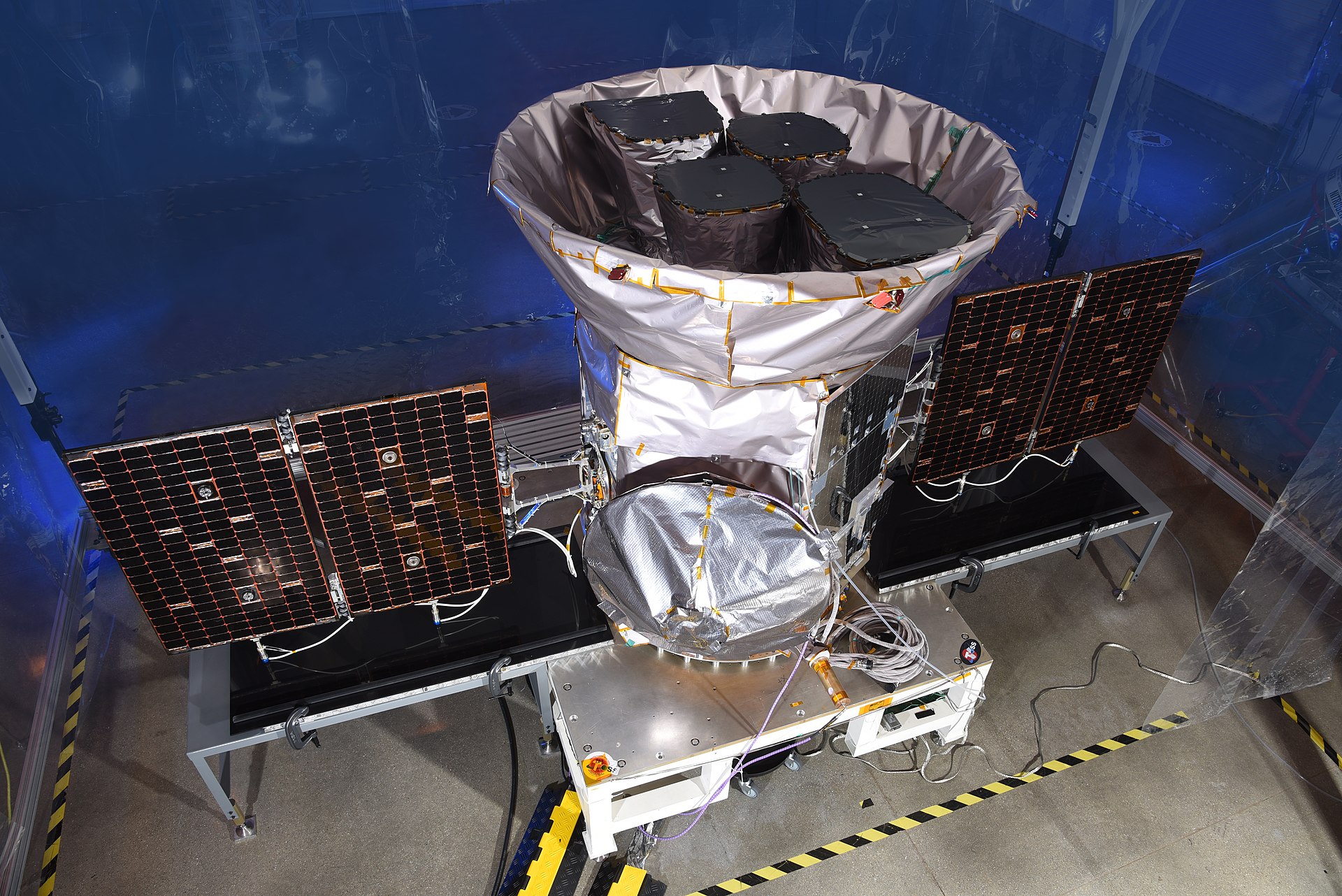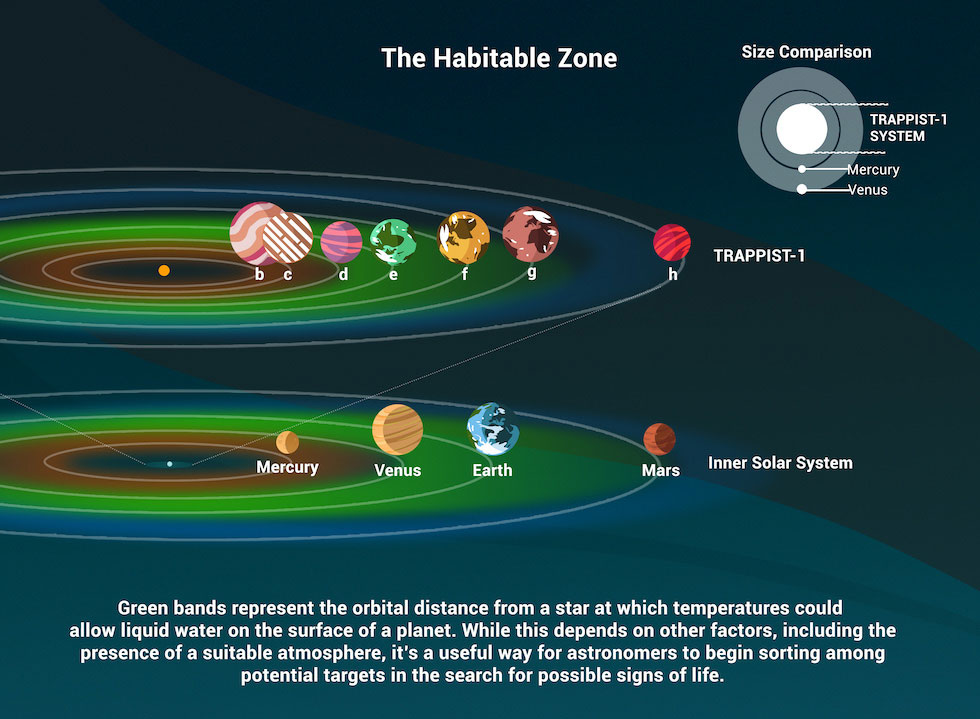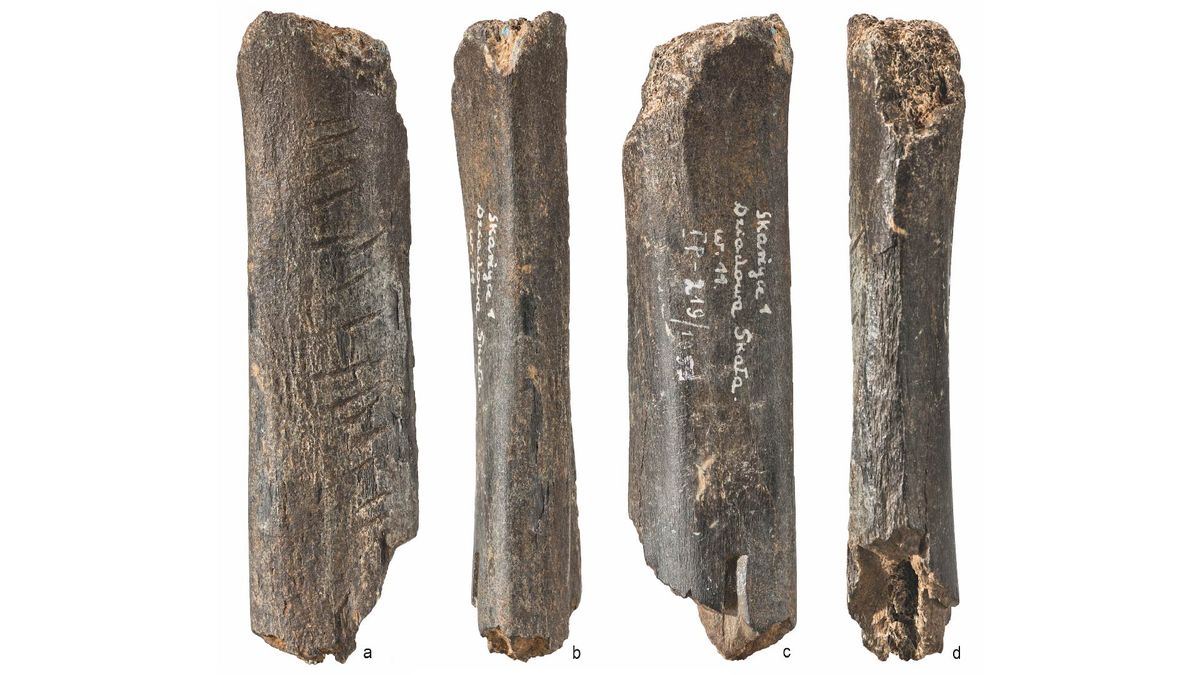Earth is a rather special place, quite unlike the other planets in the solar system. It’s nestled at the perfect distance from the sun to allow our water to remain liquid and for life to flourish in turn. It’s a rare thing; most planets are either too close and scorching hot, or too far and freezing cold.
NASA is always on the hunt for planets like our own, and recently found a new super-Earth by the name of TOI-715b. The planet is larger than our own, but it’s position and makeup mean that it’s a prime candidate for further study. Let’s take a look at how NASA discovered this planet, and why it’s special.
On The Hunt

The search for Earth-like planets is inherently a key part of the search for other life in the universe. After all, at this time, the only place we know of that hosts life is our own planet. Thus, if we’re looking for more life, we’d expect to find it somewhere similar. Thus, NASA has put plenty of effort into finding these Earth-like planets, along with Super-Earths, that are like our own, only larger.
This hunt is handled by the Transiting Exoplanet Survey Satellite, or TESS for short. As you might guess from the name, it’s a satellite charged with the specific job of finding far-off planets. It achieves this by watching distant stars for the characteristic shadow of an orbiting planet passing in front of them; these are referred to as “transits.” TESS was charged with examining bright stars near to our Sun in order to hunt for these transit events which give away the location of potential planets.

Originally designed for a two-year mission, having entered service in 2018, TESS continues its work today to identify new planet candidates in other solar systems. By November 2023, it had identified a total of 6,977 candidates, with 402 of those being confirmed as actual planets. Unlike other telescopes, which have mostly identified very distant or very large planets, TESS’s telescopes have proved capable of detecting much smaller planets closer in size to our own Earth.
In the case of this new discovery, known as TOI-715 b, NASA has turned up quite the exciting find. The planet exists within what is termed the “conservative” habitable zone around the star which it orbits. This is a region in which a planet could conceivably orbit and host liquid water. It’s not a guarantee, as such a planet would also need to have the right atmosphere, but it opens up the possibility. This “conservative” zone is much narrower than the “optimistic” habitable zone, where a planet could have liquid water with a lower degree of certainty.
TOI-715b is also quite close to Earth in size, being roughly 1.5 times the diameter of our planet. It orbits a red dwarf star, which is somewhat smaller than our yellow dwarf Sun. The star is also cooler than the Sun, which allows a planet to orbit closer without overheating beyond the point where liquid water could exist on the surface. Stars like these have proven compelling targets for scientists hunting potentially-habitable planets; one such solar system known as TRAPPIST-1 has already been found to have a gaggle of small planets in its habitable zone. As for TOI-715b, its close orbit gives it a year just 19 days long.

TESS has also discovered a potential other planet of interest in the same system. If confirmed, this slightly-smaller planet, closer to Earth’s size, could be the smallest habitable-zone planet yet identified by NASA.
For now, there is still much work to do. Scientists hope to identify whether TOI-715b really is a “water world” or not, and work to achieve that could be carried out with the Webb telescope. Ideally, the planet will have an easily-detectable atmosphere to keep it in the right temperature range to allow liquid water to exist on its surface.
As our understanding of the universe continues to evolve, we’re learning more about what’s out there every day. What we find is often new and unusual. But when we’re looking for other habitable planets, we’re often looking for something familiar, just like home! This Super-Earth, or another out there, could turn out to be just that.

Dr. Thomas Hughes is a UK-based scientist and science communicator who makes complex topics accessible to readers. His articles explore breakthroughs in various scientific disciplines, from space exploration to cutting-edge research.








